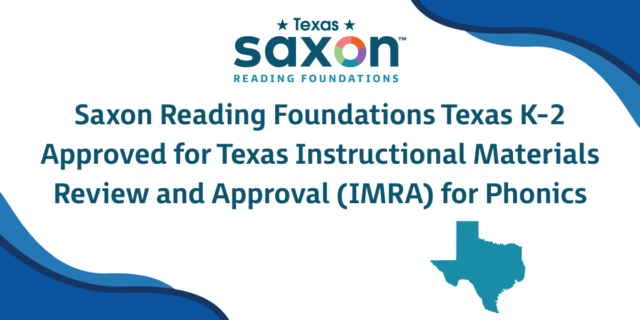
When young students read, they’re doing more than just sounding out words or answering simple questions—they’re learning how to make meaning from print. That’s the idea behind the Active View of Reading, Duke and Cartwright’s (2021) research-based model that shows reading is a coordinated process, not just a set of separate skills.
In this post, we’ll share four simple, classroom-ready strategies for applying the Active View of Reading in K–2 instruction.
Why the Active View Matters in K–2 Classrooms
The Active View of Reading shows that children learn to read by putting multiple skills together—like decoding, vocabulary, background knowledge, and comprehension.
In your classroom, this means helping students:
- Learn foundational skills in connected, purposeful ways
- Build vocabulary and talk about what they know
- Practice thinking about what texts mean—not just reading the words
This approach helps students grow into confident, curious, and thoughtful readers.
4 Ways to Bring the Active View to Life in K–2 Education
1. Combine Skills Instead of Teaching Them Separately
To help students see reading as a way to understand and make sense of what they read, not just word calling, try this:
- Choose decodable texts that also include rich, age-appropriate vocabulary. For example, a decodable story about farms can also introduce words like barn, tractor, or harvest.
- After a phonics mini-lesson on the “sh” sound, read a book that incorporates it like “Sheep in a Shop” and then talk about what the sheep are doing and why.
- During shared reading, pause to point out how sounding out a tricky word (like chicken) helps students understand the sentence: The chicken ran from the fox!
2. Teach Students to Be “Thinking Readers”
Young readers need help understanding that good readers think while they read. Teaching metacognition can start early and be very simple. For example, use routines like:
- Ask, “What do you think will happen next?” before turning the page.
- Say your own thinking out loud: “Hmm, the character looks worried. I wonder why?”
- Let students share what they’re wondering, confused about, or excited to learn.
Even kindergartners can learn to ask and answer questions as they read. These small habits build reading awareness from the start.
3. Engage Students in Deep Thinking About Texts
We want students to do more than just recall facts. Help them dig deeper into stories and information by trying these:
- Re-read short, rich texts and ask new questions each time: “What’s the problem? How does the character solve it?”
- Use turn-and-talks or small group chats to encourage students to share ideas.
- Have students draw or write simple responses: “What do you think the bear learned at the end?”
4. Look at the Whole Reading Picture in Assessments
When we only assess phonics or comprehension alone, we may miss how young readers put it all together. To better understand how students can apply foundational skills, assess students through authentic reading activities, for example:
- Listen to a student read aloud, then ask them to retell the story.
- Use running records to capture decoding, fluency, and meaning all at once.
- Ask simple comprehension questions tied to the vocabulary and ideas in the book.
Look for patterns: Can a student decode but not explain? Do they understand the story but guess at words? This helps you target what instructional support they need next.
From Research to Practice: Support for Early Readers
The Active View of Reading reminds us that learning to read is about more than just isolated components, it’s about how the components work together. When we design instruction with this in mind, we help every child build a strong foundation for reading success.
***
Saxon® Reading Foundations is a supplemental program for grades K–2 that supports the Active View of Reading. It teaches phonemic awareness, phonics, and fluency through explicit instruction, and it gives students opportunities to apply these skills in meaningful ways.
Want to see how Saxon Reading Foundations aligns with the Active View of Reading? Download our whitepaper.


